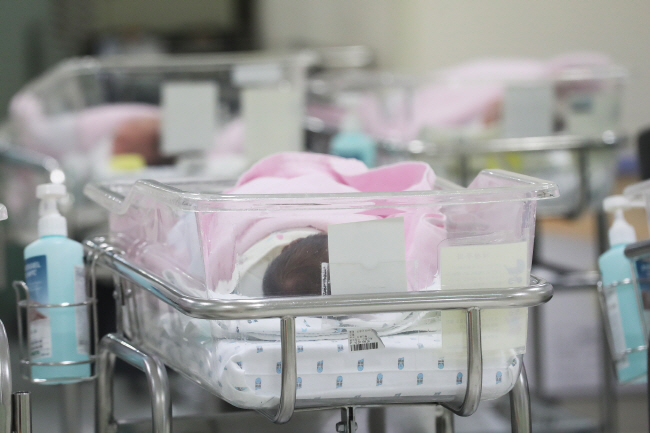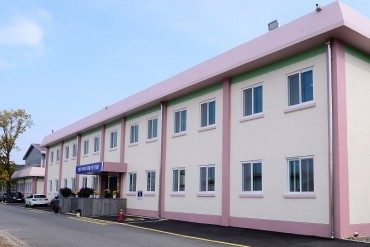SEOUL, July 22 (Korea Bizwire) — South Korea’s total fertility rate, or the number of children each woman is expected to give birth to during her lifetime, was the lowest in the world for the last three years.
The Korea Population and Health Welfare Association and the United Nations Population Fund (UNFPA) jointly published a report titled “State of World Population 2022,” which showed that the country’s total fertility rate stood at 1.1 people last year, ranking 198th in the world.
South Korea was second to none in terms of its low fertility rate.
The same report published in 2020 and 2021 also showed that South Korea’s fertility rate stood at 1.1 people, the lowest in the world.
Statistics Korea recently announced in February that South Korea’s total fertility rate last year was 0.81 people.
“The reports published by UNFPA are estimates based on statistical data provided by the U.N.’s Economic and Social Council (ECOSOC) and the Population Division, and are therefore different from our measurements,” Statistics Korea said.
With the growth rate of the world population between 2020 and 2025 at 1 percent, South Korea’s population growth rate was zero, down from 0.2 percentage points from the 2015 to 2020 period.
South Korea has been facing a low birthrate and an aging population, with children under 14 years of age accounting for only 12 percent of the entire population, which is less than the world average (25 percent).
In contrast, the proportion of seniors over 65 stood at 17 percent, exceeding the world average (10 percent).
The life expectancy of newborn children was 83 years, ranking 12th in the world, around 10 years longer than the world average of 73.5 years.
H. M. Kang (hmkang@koreabizwire.com)








Instead of endless articles on low fertility rates why not create articles on policy constraints (the high cost of real estate is a good effort)? For instance, why is private sperm and egg donation still illegal in Korea? Fertility clinics are filled with women finding it difficult to conceive, low birth rates continue to downtrend, and making sperm and egg donation (which most countries allow) would counter this. Think of all the single-women now who also want this option but since it is illegal they are choosing not to!